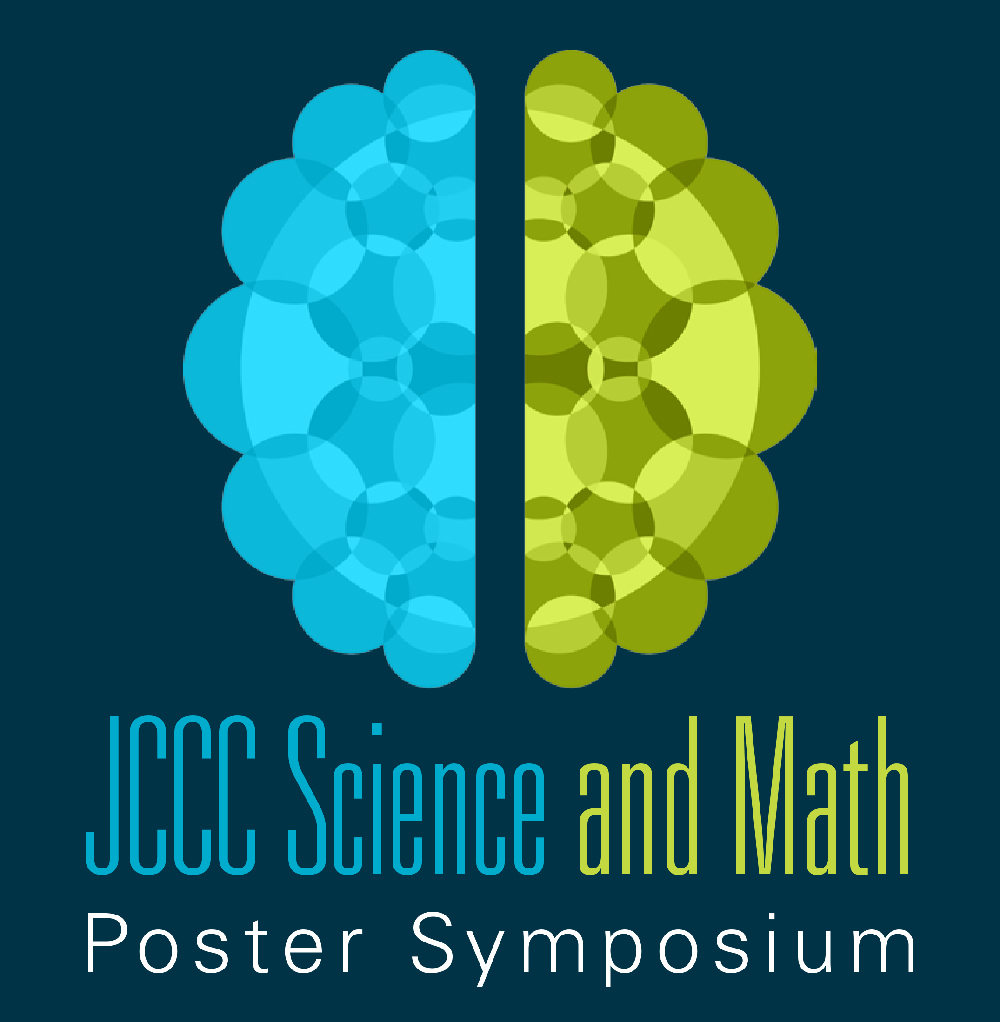Searching for Antibiotic Producing Bacteria
Location
CoLab
Start Date
3-5-2019 9:00 AM
End Date
3-5-2019 10:15 AM
Document Type
Poster
Description
To begin the process of finding a viable antibiotic-producing bacterium, a sample of soil was collected from Thomas Stoll Park in Overland Park, Kansas on February 23rd, 2019. The soil was primarily peaty with a small amount of clay. A serial dilution test of that soil was performed using aseptic technique. Following that test, each plate was closely examined for zones of inhibition by the colonies. It was noted that the densest colonies, which were from plates 10-2 and 10-3, had the most potential candidates. The plate that contained the most amounts of colonies, with the clearest zones of inhibition, was from the 10-2 plate. That plate was retained to use in the master plate phase, which entailed aseptically transferring a small portion of each of the several colonies to a new 50% TSA plate. The plate was marked with grids to distinguish the colonies as they grew. Next, a screening test was performed to determine if the colonies had any ability of inhibiting the growth of several different pathogens. The pathogens in the screening test included; Enterococcus faecalis, Enterobacter aerogenes, Acinetobacter baylyi, Pseudomonas putida, Staphylococcus epidermidis, Escherichia coli. Among all of the safe relatives tested, there were clear zones of inhibition found on the Escherichia coli plate and Pseudomonas putida plate from four colonies. Following this, metabolic testing and sequencing test would be performed. These tests will provide information on the genus level of the soil.
Image
Searching for Antibiotic Producing Bacteria
CoLab
To begin the process of finding a viable antibiotic-producing bacterium, a sample of soil was collected from Thomas Stoll Park in Overland Park, Kansas on February 23rd, 2019. The soil was primarily peaty with a small amount of clay. A serial dilution test of that soil was performed using aseptic technique. Following that test, each plate was closely examined for zones of inhibition by the colonies. It was noted that the densest colonies, which were from plates 10-2 and 10-3, had the most potential candidates. The plate that contained the most amounts of colonies, with the clearest zones of inhibition, was from the 10-2 plate. That plate was retained to use in the master plate phase, which entailed aseptically transferring a small portion of each of the several colonies to a new 50% TSA plate. The plate was marked with grids to distinguish the colonies as they grew. Next, a screening test was performed to determine if the colonies had any ability of inhibiting the growth of several different pathogens. The pathogens in the screening test included; Enterococcus faecalis, Enterobacter aerogenes, Acinetobacter baylyi, Pseudomonas putida, Staphylococcus epidermidis, Escherichia coli. Among all of the safe relatives tested, there were clear zones of inhibition found on the Escherichia coli plate and Pseudomonas putida plate from four colonies. Following this, metabolic testing and sequencing test would be performed. These tests will provide information on the genus level of the soil.


Comments
The faculty supervisor for this project was Melissa Beaty, Biology.